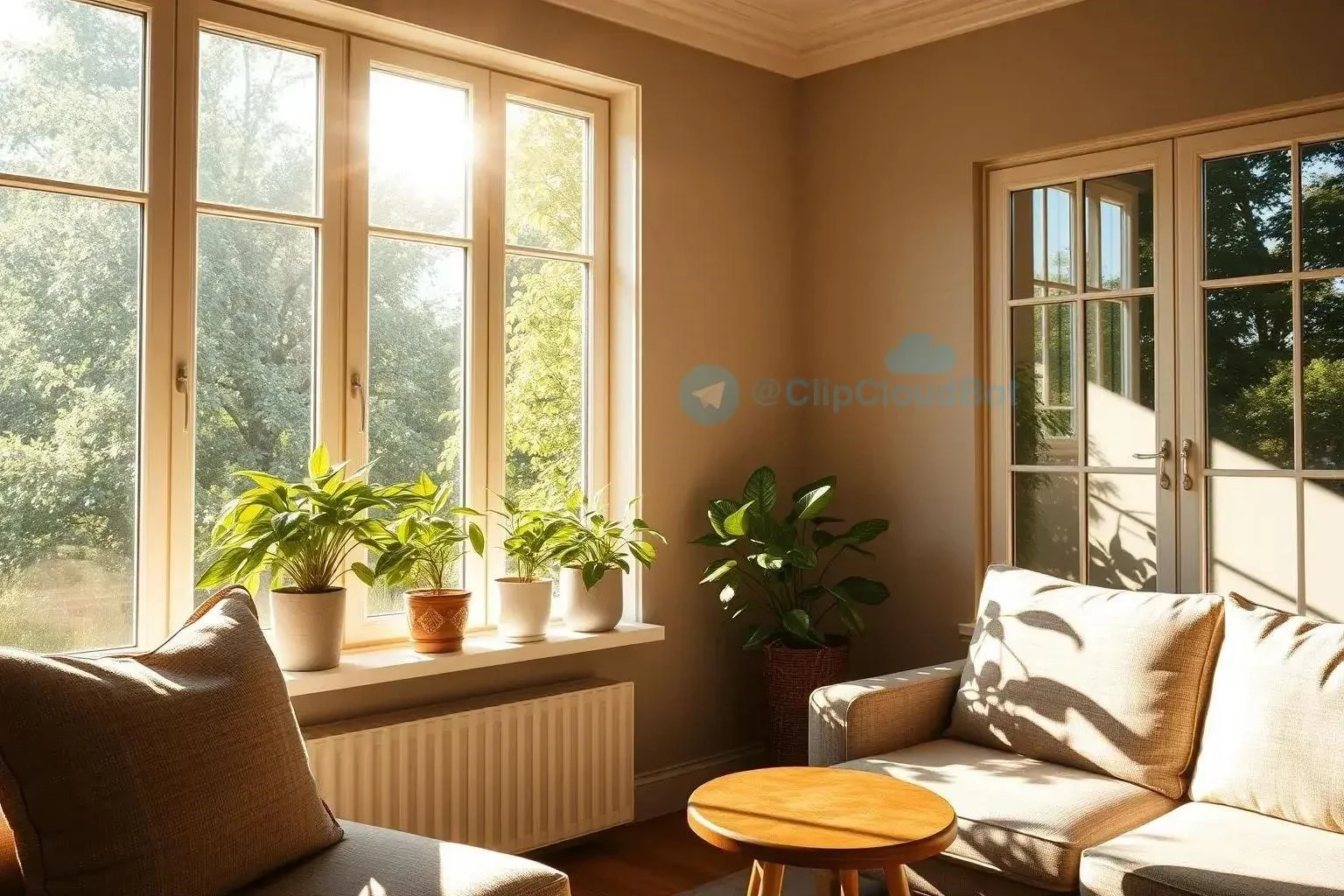Improving Indoor Air Quality: Natural Ventilation and Houseplants
Understanding Indoor Air Pollutants
Indoor air often contains invisible pollutants impacting our health․ Common culprits include volatile organic compounds (VOCs) from paints and furniture, radon, pet dander, mold spores, and combustion byproducts․ Understanding these sources is crucial for improving indoor air quality;
Natural Ventilation: A Breath of Fresh Air
One of the simplest and most effective ways to improve indoor air quality is through natural ventilation․ This involves strategically using windows, doors, and other openings to allow fresh outdoor air to circulate throughout your home, replacing stale indoor air laden with pollutants․ Opening windows on opposite sides of a room creates a cross-breeze, maximizing airflow and ventilation․ Even cracking a window slightly can make a noticeable difference in air quality, especially during milder weather․
The benefits of natural ventilation extend beyond simply refreshing the air․ It helps to reduce the concentration of indoor air pollutants like VOCs, pet dander, and dust mites․ These pollutants can accumulate in stagnant air, leading to various health issues, including allergies, asthma, and other respiratory problems․ By introducing fresh air, natural ventilation dilutes these pollutants and helps to carry them out of the home․
Beyond windows and doors, consider incorporating other natural ventilation strategies․ Roof vents or attic fans can help to exhaust stale air and draw in fresh air from lower levels․ Operable skylights can also contribute to improved ventilation, particularly in rooms with limited window space․ When designing or renovating your home, consider the placement of windows and doors to optimize natural airflow․ A well-ventilated home not only contributes to better health but also creates a more comfortable and refreshing living environment․
Remember to consider outdoor air quality conditions before relying solely on natural ventilation․ During periods of high pollution or pollen counts, it may be necessary to limit outdoor air intake or use other air purification methods․ However, for much of the year, natural ventilation offers a simple, cost-effective, and energy-efficient way to enhance your indoor air quality and create a healthier home environment․ Embrace the power of fresh air and breathe easier․
Houseplants: Nature’s Air Purifiers
Beyond their aesthetic appeal, houseplants offer a natural and effective way to enhance indoor air quality․ Acting as miniature air purifiers, certain plants can filter out common indoor air pollutants, contributing to a healthier and more refreshing home environment․ Through a process called phytoremediation, plants absorb pollutants through their leaves and roots, effectively removing them from the air we breathe․
Several houseplants are known for their air-purifying qualities․ Snake plants, for instance, are highly effective at removing formaldehyde, a common VOC found in many household products․ Spider plants excel at filtering out carbon monoxide and xylene, while peace lilies are known for their ability to remove benzene and trichloroethylene․ English ivy, another popular choice, can help reduce mold spores in the air․
Incorporating a variety of these air-purifying plants throughout your home can create a natural filtration system․ Place them strategically in areas where pollutants are likely to be present, such as near furniture made with pressed wood or in rooms with fresh paint․ Remember to provide proper care for your plants, ensuring they receive adequate sunlight, water, and nutrients to thrive and maximize their air-purifying potential․
While houseplants offer a natural and aesthetically pleasing way to improve indoor air quality, it’s important to note that they are not a substitute for proper ventilation․ Combine the use of houseplants with other strategies, such as natural ventilation and minimizing pollutant sources, to create a comprehensive approach to optimizing your indoor air quality․ Enjoy the beauty and health benefits of bringing nature indoors․
Minimizing Pollutant Sources: A Proactive Approach
Taking a proactive approach to minimizing pollutant sources within your home is crucial for maintaining healthy indoor air quality․ By identifying and addressing potential sources of pollutants, you can significantly reduce their presence and create a cleaner, healthier living environment for you and your family․ This involves making informed choices about the products you use and adopting practices that limit the introduction and accumulation of pollutants․
One key strategy is to choose low-VOC products whenever possible․ VOCs are emitted from various household items, including paints, furniture, cleaning supplies, and even carpets․ Opt for low-VOC or VOC-free alternatives to minimize your exposure to these harmful chemicals․ Properly ventilate areas after using such products to further reduce their concentration in the air․
Regular cleaning is essential for minimizing pollutant buildup․ Dust mites, pet dander, and mold spores can accumulate in carpets, upholstery, and bedding․ Vacuum frequently using a HEPA filter vacuum cleaner, and wash bedding and other textiles regularly in hot water to effectively remove these allergens․ Control moisture levels to prevent mold growth by using exhaust fans in bathrooms and kitchens and addressing any leaks promptly․
Smoking should be strictly prohibited indoors, as it introduces a multitude of harmful pollutants into the air․ Ensure proper ventilation when using fireplaces or wood-burning stoves, as combustion byproducts can negatively impact air quality; By adopting these proactive measures, you can significantly reduce pollutant sources within your home, creating a healthier and more comfortable living environment and promoting better respiratory health for everyone․






